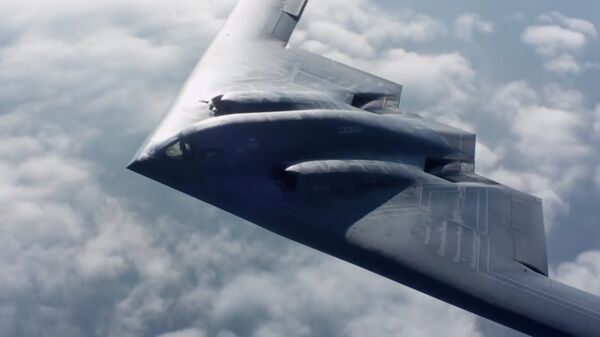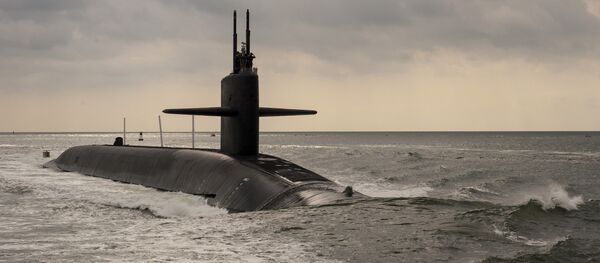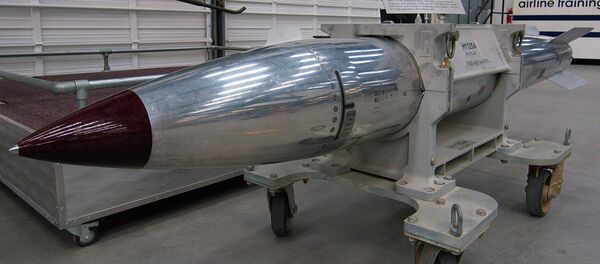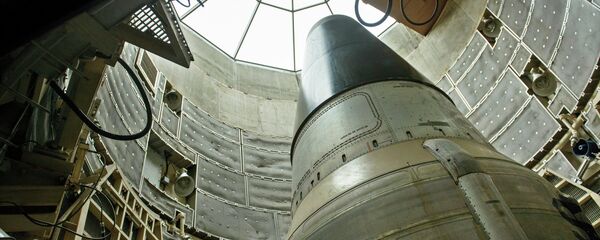While the B-2 Spirit bomber may be a relic of the 1980s, the aircraft remains in service today and will likely be a mainstay of the US Air Force well into the 2050s. With a long future ahead of it, the Pentagon will upgrade the bomber to handle the most advanced weaponry.
"It is a testament to the engineering team that here we are in 2016 and the B-2 is still able to do its job just as well today as it did in the 80s," Maj. Kent Mickelson, director of operations for 394th combat training squadron, told Scout Warrior.
"It really is an awesome bombing platform and it is just a marvel of technology."
The upgrades will allow the B-2 to carry next-generation nuclear bombs like the B-61 Mod 12 and the Long Range Stand-Off (LRSO) weapon. Currently in development, the LRSO is expected to cost taxpayers at least $20 billion, while the B-61 upgrades will likely cost in excess of $9 billion.
Another B-61 modification, Mod 11, will feature ground-penetrating capabilities.
The B-2’s advanced digital radar and communications technologies mean that that the nuclear weapons could be dropped from high altitudes.
"It is a digital airplane. We are presented with what is commonly referred to as glass cockpit," Mickelson said.
"SAR [Synthetic Aperture Radar] provides pilots with a realistic display of the ground that they are able to use for targeting."
In addition to SAR, the B-2 will be upgraded with the Defense Management System that will provide pilots with advanced warning of enemy air defenses.
"The whole key is to give us better situational awareness so we are able to make sound decisions in the cockpit about where we need to put the aircraft," Mickelson said.
While a number of US lawmakers and human rights groups have expressed concern over Washington’s nuclear modernization efforts, citing high costs and the threat to global security. The Pentagon, however, maintains that these upgrades are necessary.
"If we don’t replace these systems, quite simply they will age even more, and become unsafe, unreliable, and ineffective. The fact is, most of our nuclear weapon delivery systems have already been extended decades beyond their original expected service lives," US Defense Secretary Ashton Carter said in September.
"So it’s not a choice between replacing these platforms or keeping them. …It’s really a choice between replacing them or losing them. That would mean losing confidence in our ability to deter, which we can’t afford in today’s volatile security environment."





